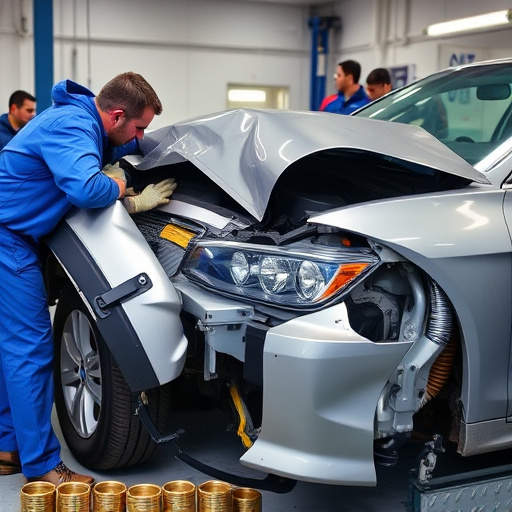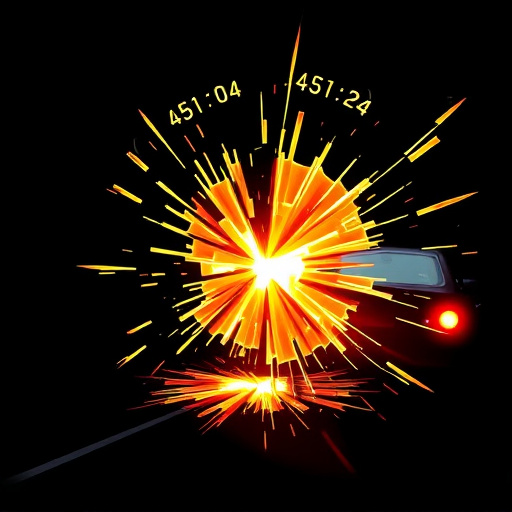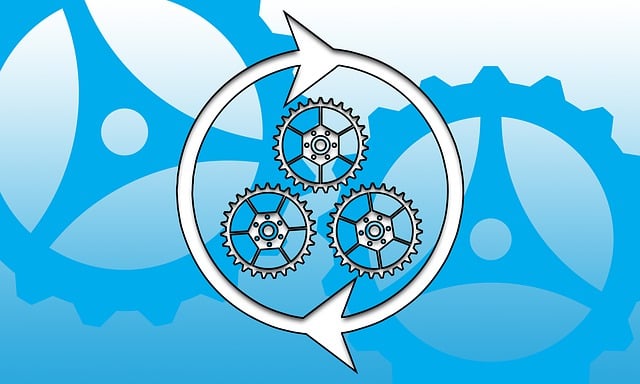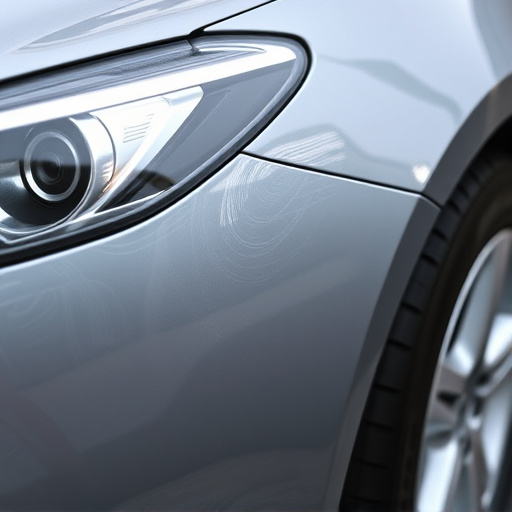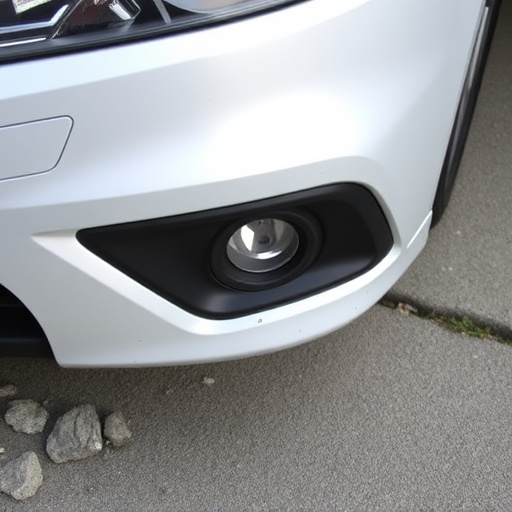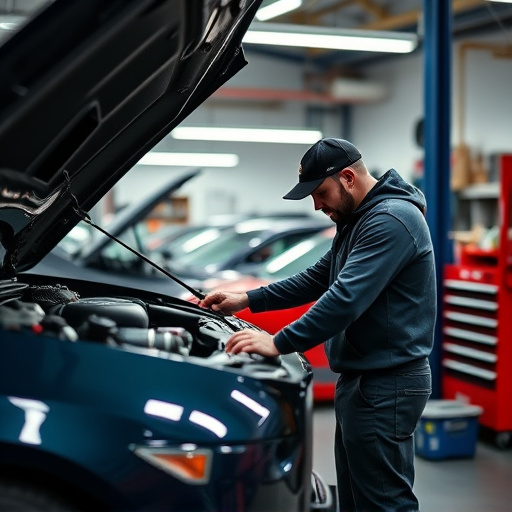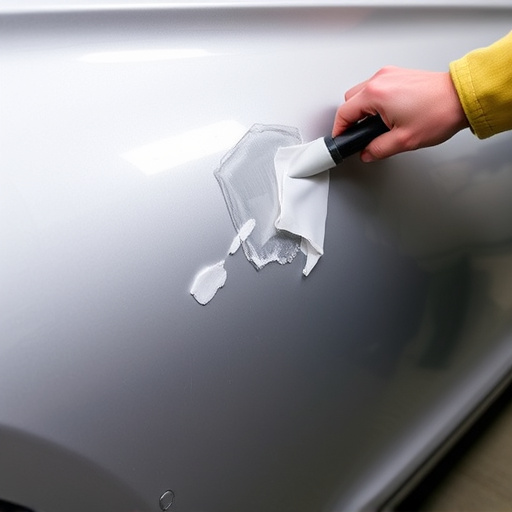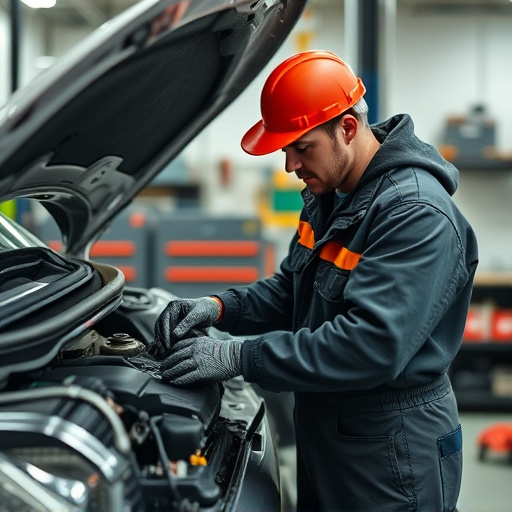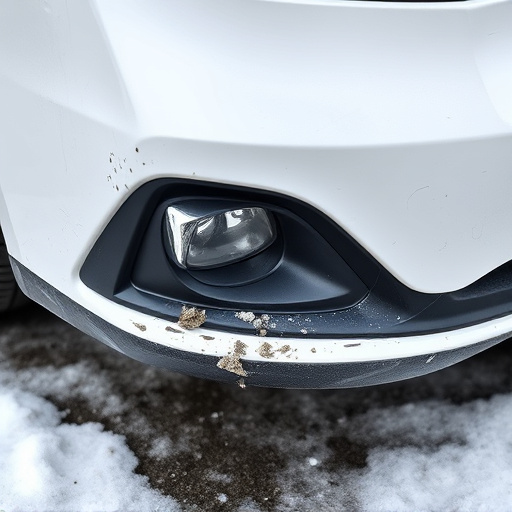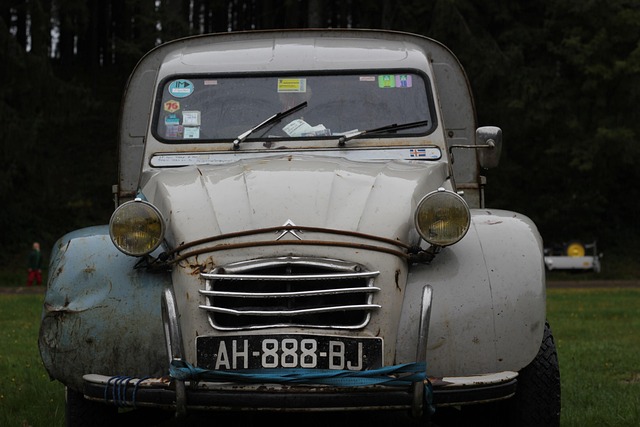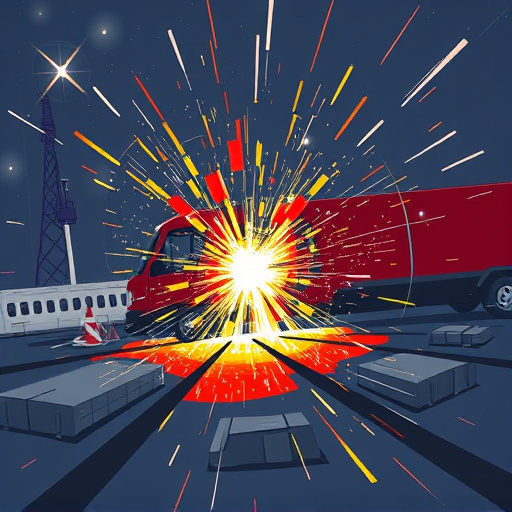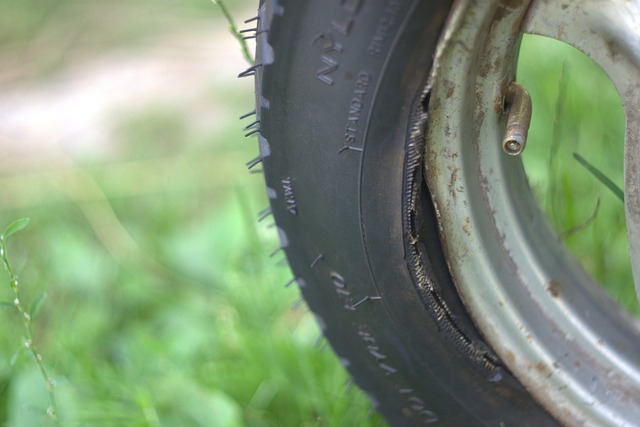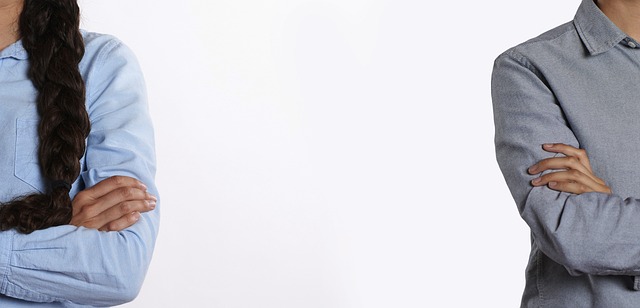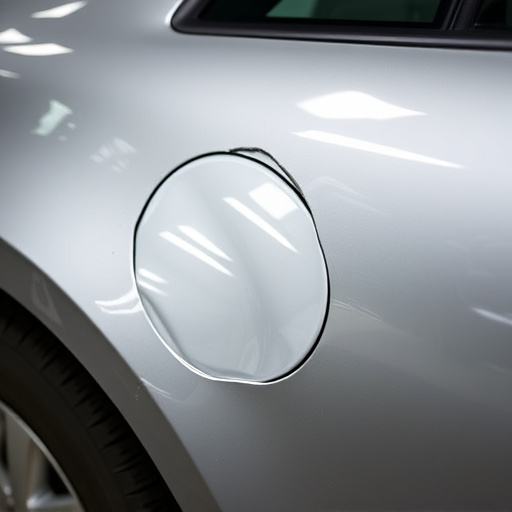UV damage is a major issue in custom graphics collision repair, causing paint fading and cracking. Specialized coatings and films protect vehicle bodywork, preserving aesthetics and structural integrity. High-quality materials, meticulous preparation, and regular maintenance extend UV resistance, ensuring long-lasting vibrancy in repairs.
In the realm of auto body repairs, especially with the rise of custom graphics applications, understanding and mitigating ultraviolet (UV) damage is paramount. UV protection plays a pivotal role in preserving the vibrancy and longevity of vehicle wraps, paint jobs, and other graphic enhancements. This article explores the intricacies of UV damage, delves into the significance of UV protection in custom graphics collision repair, and provides best practices for ensuring long-lasting resistance against this relentless environmental factor.
- Understanding UV Damage in Auto Repairs
- The Role of UV Protection in Custom Graphics
- Best Practices for Long-Lasting UV Resistance
Understanding UV Damage in Auto Repairs
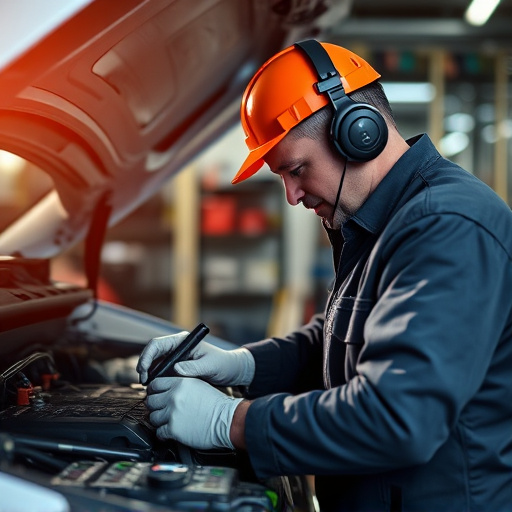
In the realm of custom graphics collision repair, understanding UV damage is paramount. When vehicles are exposed to prolonged sunlight, ultraviolet (UV) radiation can wreak havoc on painted surfaces and applied graphics. This damage manifests in various ways, from fading and cracking of paints to the degradation of adhesive bonds, compromising both the aesthetic appeal and structural integrity of the vehicle body repair or automotive body work. The vibrant colors and intricate designs that define custom graphics can quickly lose their luster and definition under intense UV exposure, making protection a non-negotiable aspect in this specialized field.
UV damage is not just about aesthetics; it can also lead to premature aging of the vehicle’s bodywork. In addition to cosmetic issues, weakened paint and adhesives can result in more significant structural problems over time. Therefore, effective UV protection measures are integral to any comprehensive strategy for high-quality custom graphics collision repair, ensuring that vehicles not only look their best but remain in top condition for years to come. This involves the use of specialized coatings, films, and techniques designed to shield against harmful UV radiation, preserving the beauty and longevity of the vehicle’s bodywork.
The Role of UV Protection in Custom Graphics
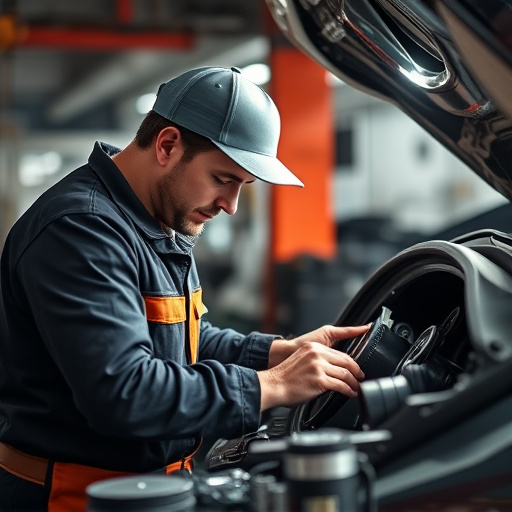
In the realm of custom graphics collision repair, UV protection plays a pivotal role in preserving the integrity and vibrancy of vehicle wraps and designs. Once applied to a car body shop or collision repair center’s creation, these graphics are exposed to various environmental factors, with ultraviolet (UV) radiation from the sun being one of the most significant. UV rays can cause fading, cracking, and loss of adhesion over time, particularly in exterior fender repair applications where graphics are more vulnerable to direct sunlight and weather conditions.
To safeguard against these issues, advanced UV protection coatings and films have been developed for use in custom graphics collision repair. These innovative solutions not only shield the designs from harmful UV rays but also offer added durability and resistance to weathering. By employing such protective measures, a collision repair center can ensure that its custom graphics maintain their original quality and aesthetic appeal for extended periods, enhancing the overall customer experience and the vehicle’s resale value.
Best Practices for Long-Lasting UV Resistance
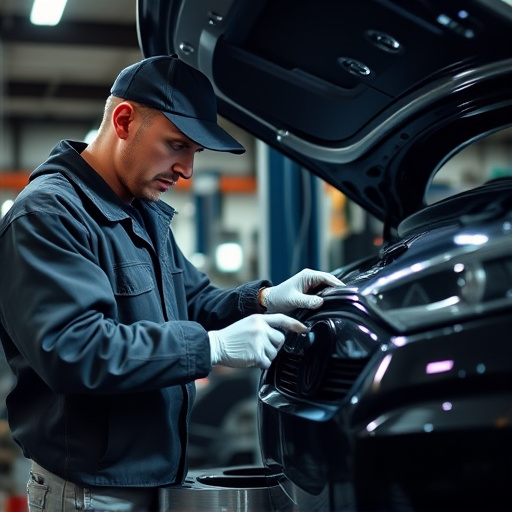
To ensure long-lasting UV resistance in custom graphics collision repair, best practices include using high-quality UV-resistant materials and adhesives specifically designed for automotive applications. These products are formulated to withstand intense sunlight and extreme weather conditions, minimizing the risk of fading or cracking over time.
During the application process, meticulous attention to detail is crucial. This involves proper surface preparation, ensuring clean and dry panels before painting or applying graphics. Additionally, using multiple thin layers of paint or graphics instead of a single thick layer helps to reduce the stress on the material, enhancing its resistance to UV damage. Regular maintenance, such as reapplication of protective coatings or waxes, further extends the lifespan of the repair work, preserving the vibrancy and integrity of custom graphics in car scratch repair, car bodywork services, and car restoration projects.
In the realm of custom graphics collision repair, protecting against ultraviolet (UV) damage is a game-changer. By understanding UV’s impact and implementing best practices for UV protection, professionals can ensure long-lasting results for their work. This includes using specialized coatings and paints designed to resist UV degradation, as well as working in controlled environments to minimize exposure. With these measures in place, custom graphics can maintain their vibrancy and durability, enhancing the overall quality of collision repair services.
